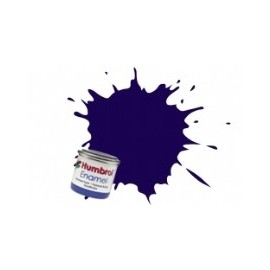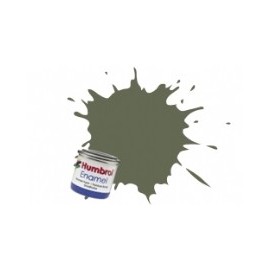As the name suggests, 'Liquid Mask' by Vallejo is a liquid-based masking agent, specially formulated for use by...
No products
Product successfully added to your shopping cart
There are 0 items in your cart. There is 1 item in your cart.
Search Tips
Christmas and New Year
We are dispatching orders every weekday apart from Christmas Day, Boxing Day and New Year's Day.
If you select next day delivery at checkout, please note deliveries are not made on public holidays or Sundays.
The shop in Sandown is open 23rd and 24th December, then closed from 25th December, reopening on 30th December.
What happens if I mix enamel and acrylic paint?
There is an unwritten rule that you do not mix enamel and acrylic paint as they are completely different in their makeup, enamel being a solvent based paint and acrylic being water based paint.
In all my years of modelling I have never tried to mix the two, until today!
When I mixed six drops of enamel paint with an equal amount of acrylic paint, it looked like nothing was happening, as soon as I started mixing them together, the paint started to go stodgy until I was left with a paste.
I then applied the paste to a section of primed sprue to see if you could use it.
After eight hours the paste was still wet on the sprue, meaning that it would take a long time to dry, if at all.
So, the outcome of this experiment is do not mix the two together, use them separately.
Click here to receive the tips weekly in your mailbox. You can unsubscribe at any time.










